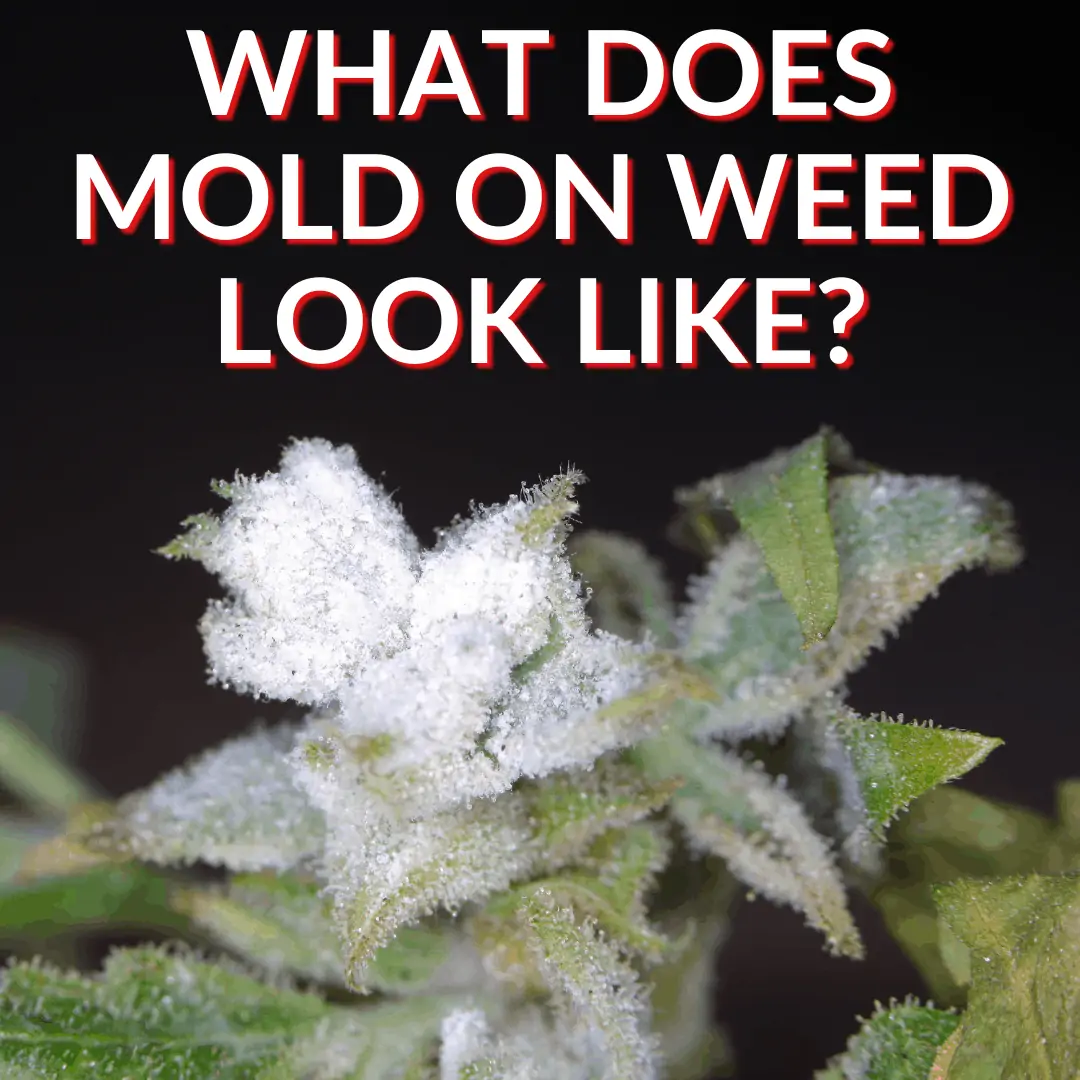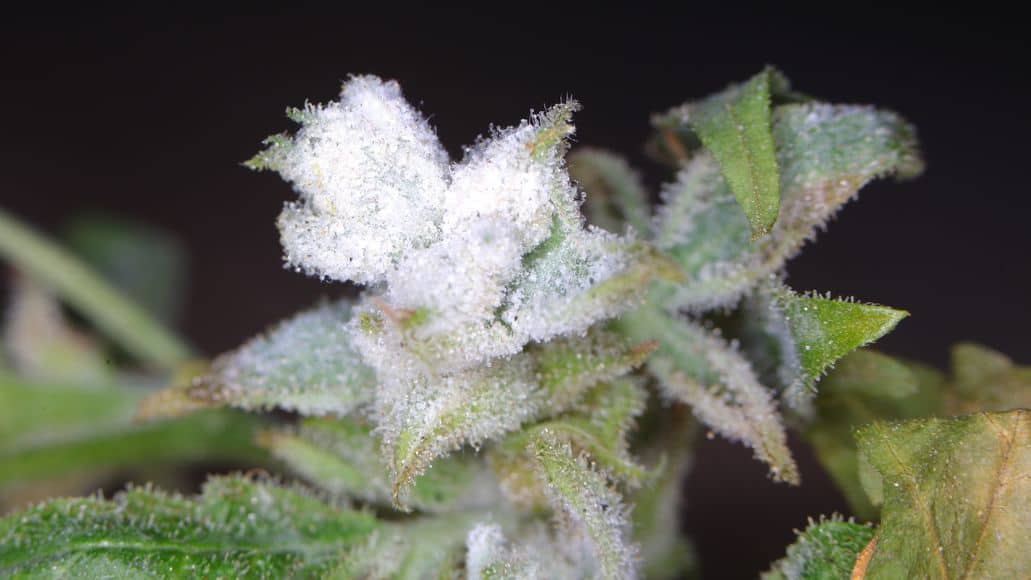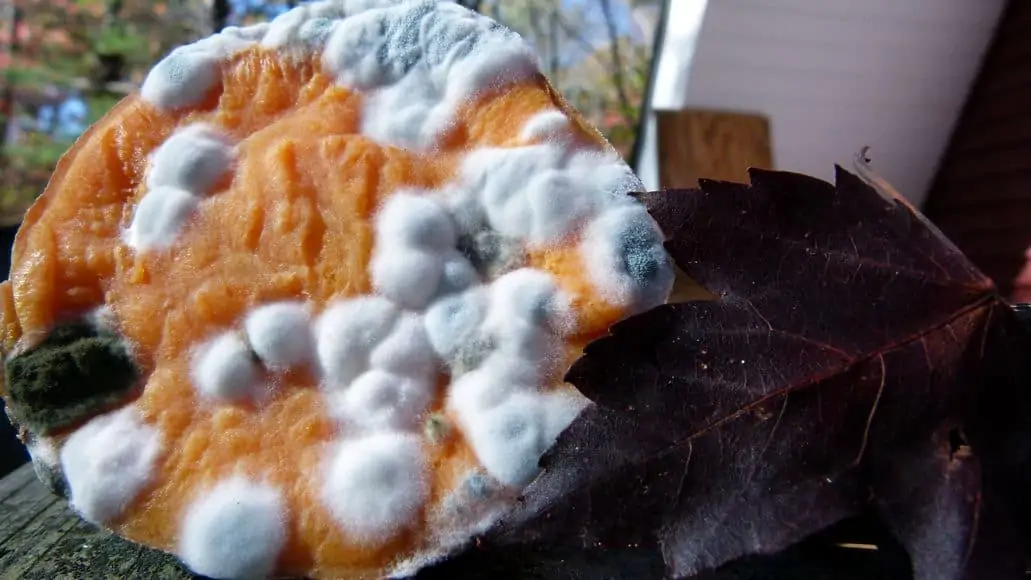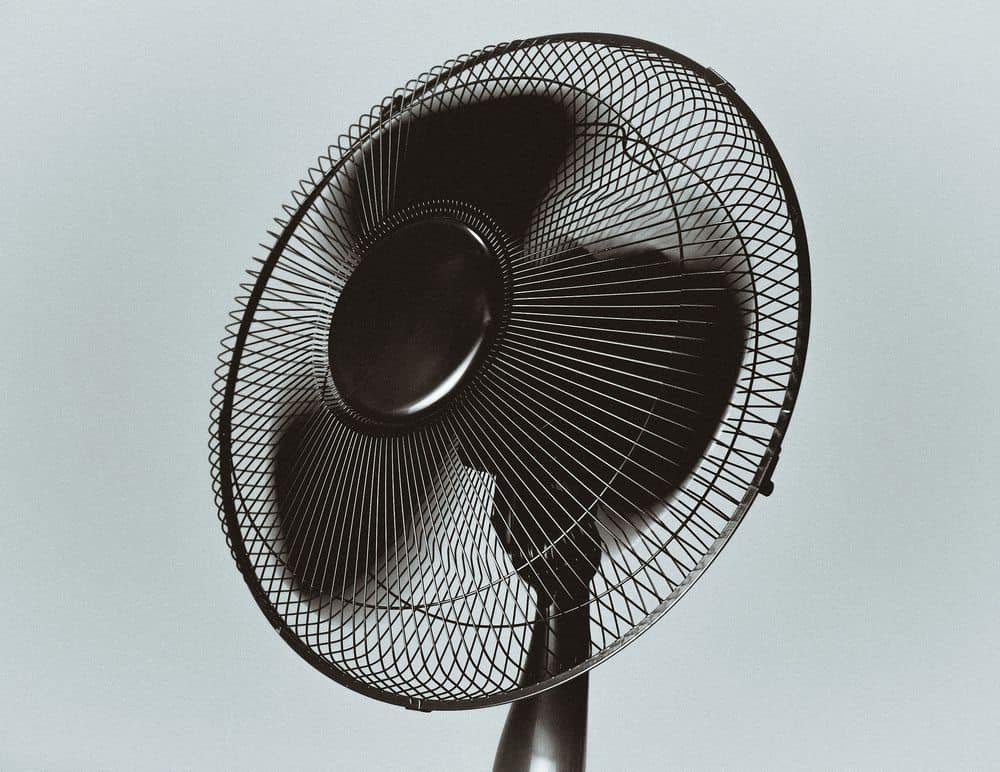 Mold is the enemy.
Mold is the enemy.
If you’ve done any reading about growing cannabis and the potential problems you might face, you’ve surely learned this.
But what exactly is this mold? More importantly, what does mold on weed look like?
You need to know that, if you want to make sure you are keeping it out of your grow room.
Luckily, you’re in the right place.
Keep reading to learn what marijuana mold looks like and what it actually is (it is nasty stuff). We’ll also give you some tips on preventing it from infecting your plants in the first place.
Contents
What Does Mold On Weed Look Like
Mold on weed looks like a white or gray powder. It is easy to mistake for the sticky crystals called trichomes.
However, mold smells like mildew. Imagine a wet towel that has been sitting for a couple days. To be sure you are looking at mold, get a magnifying glass and look closely.
If it does not appear to be crystals, and it smells like a musty cabinet or wet towel, it is mold.
What Is The Mold On Marijuana?

The mold that grows on weed is the exact same stuff that can be found growing on other plants. There is no special species of mold that just lives on cannabis.
Not all mold you find is the same species, but they are all bad news. In the interest of being thorough, here are the types of molds most commonly found on marijuana buds.
Botrytis
The common name of this fungus is gray mold. It is some nasty stuff that you want to avoid at all costs.
It tends to thrive in humid conditions, and it grows on many plants and trees and does especially well on cannabis once it takes hold. It is known to cause pneumonia and other lung damage.
This is a quite common mold on grapes and causes a nasty condition commonly known as winegrower’s lung, which is a form of pneumonia. This is the stuff that causes root rot on your plants, too, as if you needed another reason to hate it.
Rhizopus
This nasty junk is also a fungus, and it loves to live on cannabis and other plants. It is also great at hitchhiking on parasites, which then find their way to animals and even humans.
It is the most common fungus found on tobacco leaves, and traces of it can be found on other fruits and vegetables available today. It can be a serious health issue if it gets in your bloodstream.
It effects the brain and lungs and can wreak havoc on your body, especially if you have other health issues already. Stay far away from this one.
Penicillium

This is the same thing that is used to make penicillin. It is not a mold, but a fungus. Although it is used to make a drug that is helpful to humans as an antibiotic, in this form, it is not something you want to consume.
It is a toxic fungus, and it can cause immunological, neurological, and psychological damage to humans. This damage is not always reversible.
It is a great idea to stay far away from this stuff. If you find it on weed, get rid of that weed. And wear a mask when you do. In the post-corona world, we all have plenty of masks lying around anyway.
Mucor
Mucor is scary. It is really 40 species of molds all in one and it is some nasty stuff. It thrives on lots of plants and has been found in the digestive systems of humans and animals.
It loves to grow on cheese and, of course, marijuana. It can produce a condition called Mucor mycosis which causes headaches, facial swelling, black lesions inside your mouth, fever, and congestion.
It is bad, bad news. If your plants have mucor on them, do not touch them or breathe anywhere near them. And never smoke any weed that has mold on it.
How To Avoid Getting Mold On Cannabis
Mold loves to grow in warm, humid environments. Unfortunately, so does cannabis.
In addition to some other common sense preventative measures, making sure your environment has proper ventilation and the correct moisture to air ratio is the best way to avoid mold. You should also clean your grow lights and other equipment regularly.
Fans And Exhaust
Make sure you have plenty of fans in your grow area. Air that is moving around makes it more difficult for fungus and mold to take hold and grow on your plants.
To keep the air always moving, set up fans all over your area. Make sure you have a dedicated exhaust system as well, since getting stale air out of your grow area is critical to moving any bad particles out
A good exhaust system alone is almost enough to keep mold out of your tent, but not quite. In addition to having fans everywhere and a good exhaust system, you should have a good air intake system as well.
It brings clean air into your grow room which is then circulated by your network of fans, and finally pushed out with the exhaust system.
Bringing in clean air, keeping it moving, and pushing it out will cut the chances of your plants developing mold down by a massive measure.
Humidity
It is important to keep some moisture in the air because air that is too dry can cause stress on the plants. However, too much moisture in the air creates an ideal environment for mold spores and fungus to grow.
Cannabis plants can grow and survive with only 3% humidity, which is almost certain to be too dry to let mold grow. But it is far from ideal for the plants.
Ideally, humidity levels in a grow room or tent should be somewhere around 40 or 45%. It does depend on the stage of growth.
Make sure you have a hygrometer which measures moisture levels in the air. To keep your grow environment that humid does come with a higher risk of mold, but it also benefits the plants a great deal.
As a grower you must come to a decision about how much humidity you want to have, and how much risk you are willing to take. If you have a well planned and well executed air circulation system and an effective intake and exhaust system, your environment can probably handle the extra humidity.
However, if you are operating a small garden where there is not much air movement, you should err on the side of having less humidity to lower the possible risk of getting mold on your plants.
If proper precautions are taken, the chance of getting mold can be greatly reduced, but it is never zero. Sometimes spores from the outside will make their way in on shoes, clothing, the intake system, etc.
There is no way to completely avoid it, but the chances are low if you follow the advice I have just laid out.
Cannabis Mold Appearance: Final Thoughts
Mold on weed looks similar to trichomes, so you want to pay attention to the smell and also have a magnifying glass or small trichome microscope handy to be able to quickly tell the difference.
And if you discover mold, get rid of the plant(s). The stuff is incredibly dangerous and you do not want to keep it around. Set up a good grow room and keep it from ever bothering you in the first place.

Leave a Reply